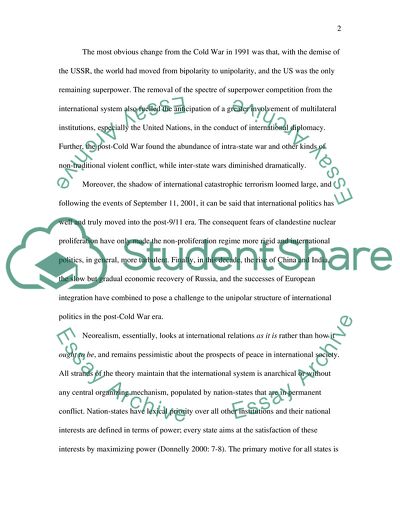Cite this document
(Explaining Post-Cold War International Politics: The Lens of Article, n.d.)
Explaining Post-Cold War International Politics: The Lens of Article. https://studentshare.org/politics/1722312-international-politics
Explaining Post-Cold War International Politics: The Lens of Article. https://studentshare.org/politics/1722312-international-politics
(Explaining Post-Cold War International Politics: The Lens of Article)
Explaining Post-Cold War International Politics: The Lens of Article. https://studentshare.org/politics/1722312-international-politics.
Explaining Post-Cold War International Politics: The Lens of Article. https://studentshare.org/politics/1722312-international-politics.
“Explaining Post-Cold War International Politics: The Lens of Article”. https://studentshare.org/politics/1722312-international-politics.


